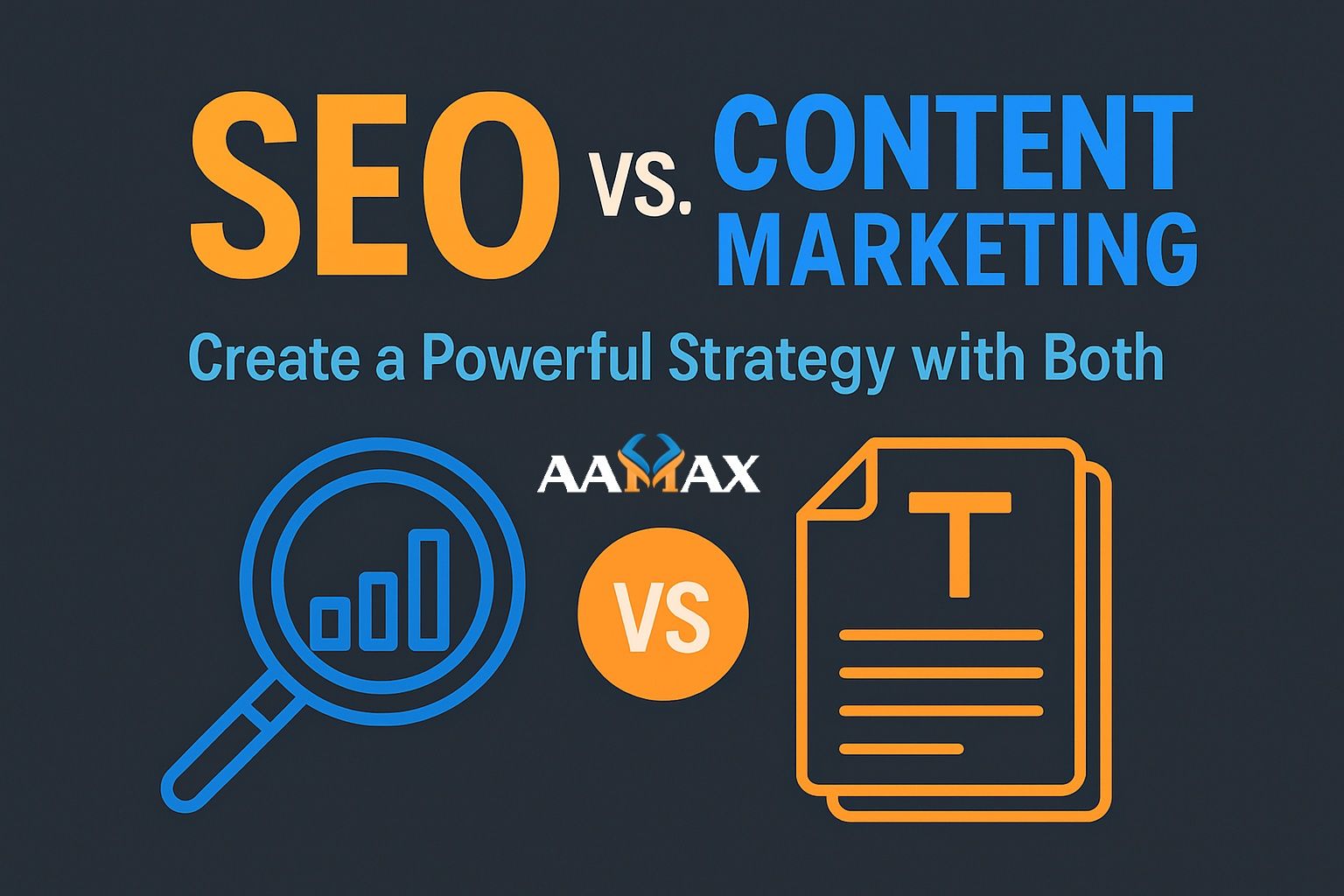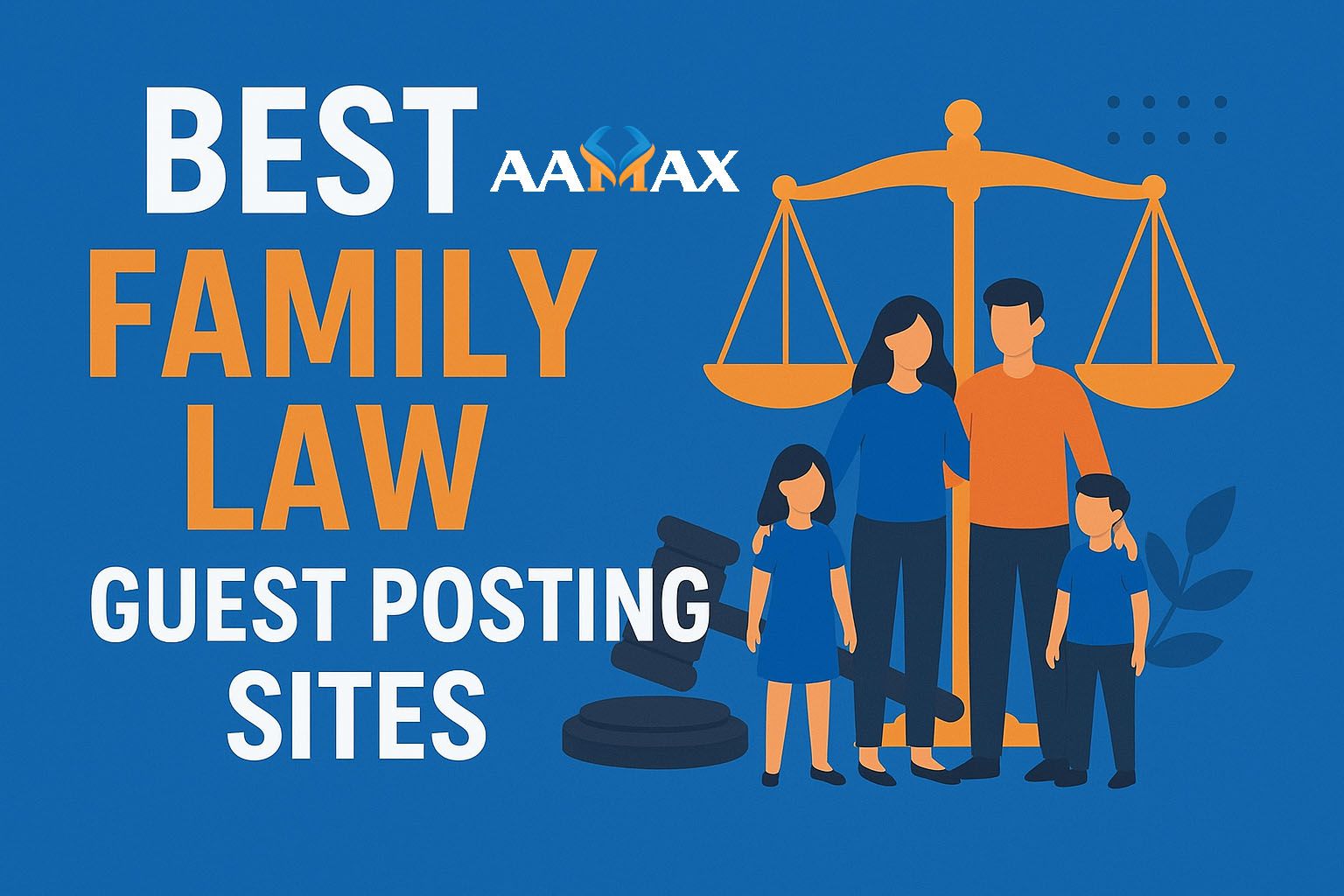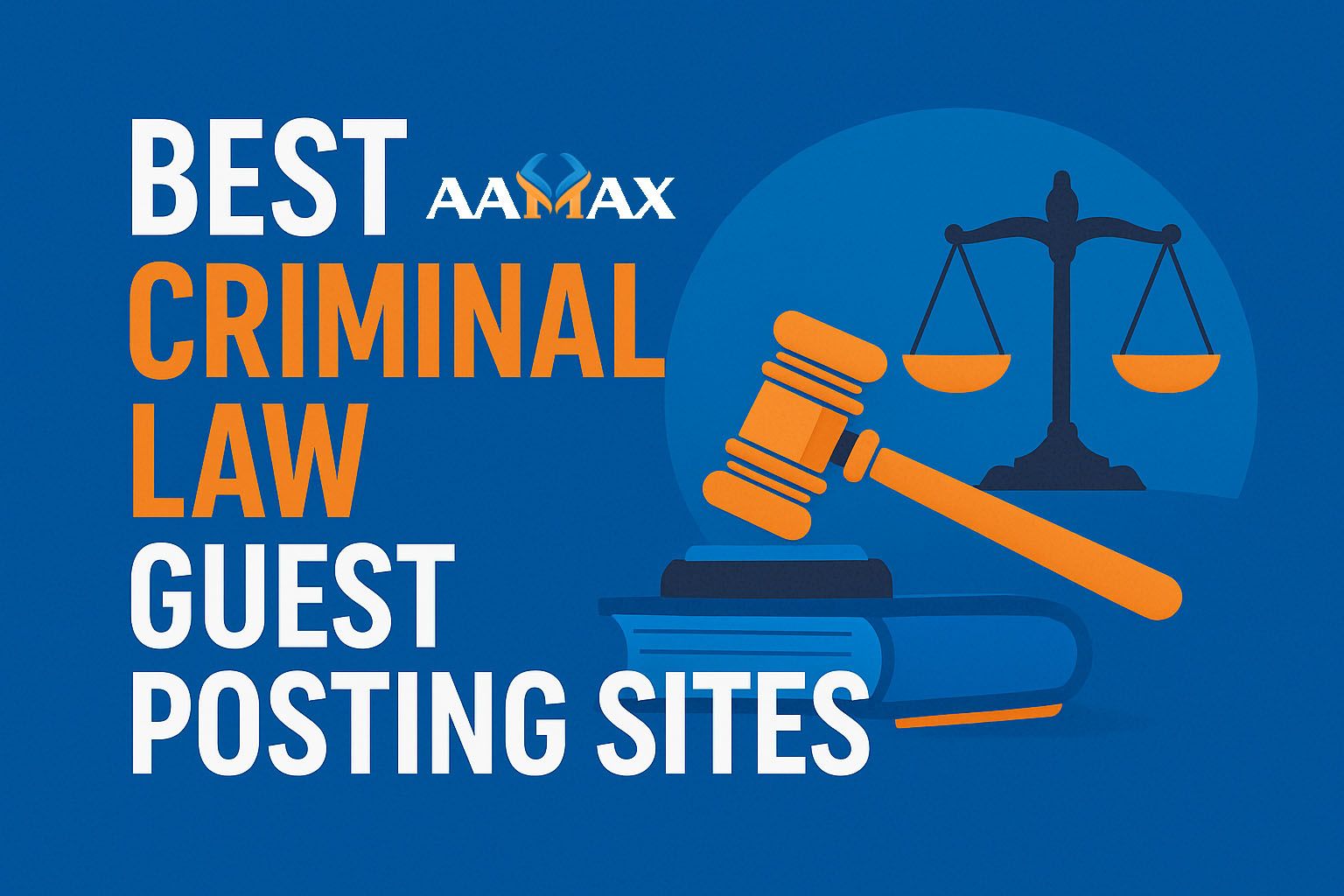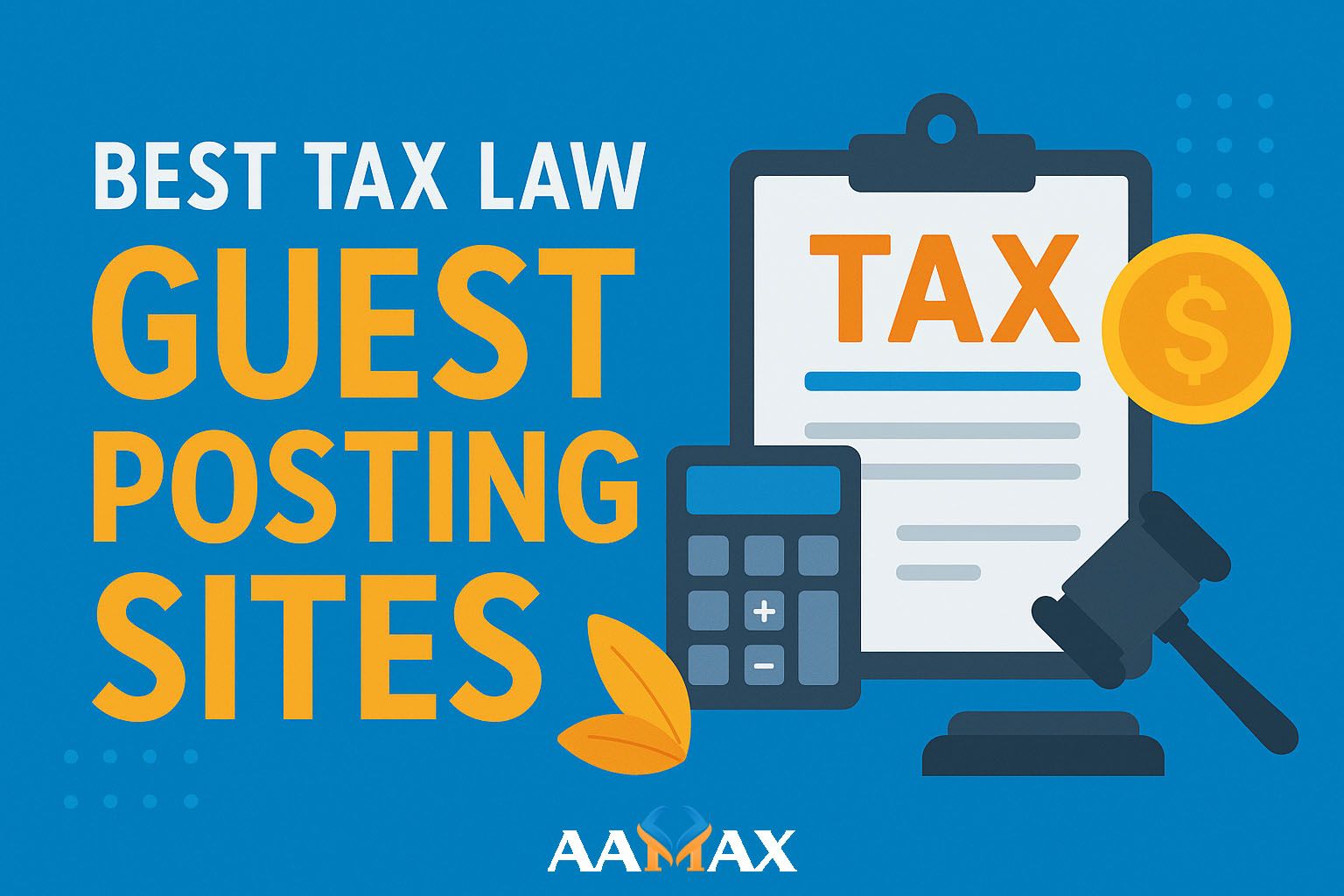
SEO vs. Content Marketing: Create a Powerful Strategy with Both
When it comes to digital growth, two terms dominate the conversation: Search Engine Optimization (SEO) and Content Marketing. While some business owners view these as separate strategies, the truth is they are closely intertwined. To succeed in today’s competitive online environment, you need to understand how SEO and content marketing work together, and how combining them can build a powerful growth strategy for your brand.
This guide explores the relationship between SEO and content marketing, their differences, and how to merge them for maximum results.
What Is SEO?
search engine optimization is the process of optimizing your website and online presence to rank higher in search engine results. SEO ensures that your content, website structure, and overall digital footprint are tailored to meet the requirements of search engines like Google.
Key Elements of SEO
- Keyword Research: Identifying the terms your audience uses to search for solutions.
- On-Page SEO: Optimizing titles, meta descriptions, headers, and internal linking.
- Technical SEO: Improving site speed, mobile-friendliness, and crawlability.
- Off-Page SEO: Building high-quality backlinks and brand authority.
- User Experience (UX): Ensuring visitors have a smooth and engaging browsing experience.
The goal of SEO is clear: to drive organic traffic by appearing on the first page of search engine results.
What Is Content Marketing?
Content marketing focuses on creating and distributing valuable, relevant, and consistent content to attract and retain a clearly defined audience. Unlike traditional advertising, content marketing aims to educate, inform, or entertain, while building trust and loyalty.
Key Elements of Content Marketing
- Blog Posts and Articles: Informative resources to answer customer questions.
- Videos and Podcasts: Engaging formats to boost interaction and brand personality.
- Infographics: Visual storytelling to simplify complex topics.
- Case Studies and Whitepapers: Authority-building resources for B2B audiences.
- Social Media Content: Posts, reels, and campaigns to extend reach and engagement.
Content marketing goes beyond just traffic—it builds relationships and nurtures leads.
SEO vs. Content Marketing: The Differences
Though SEO and content marketing share the same goal—business growth—they differ in approach and focus.
-
Objective:
- SEO focuses on ranking and visibility.
- Content marketing focuses on engagement and trust.
-
Approach:
- SEO is technical and data-driven.
- Content marketing is creative and audience-driven.
-
Timeline:
- SEO results are gradual and long-term.
- Content marketing can generate immediate engagement while building long-term trust.
While they have differences, treating them as separate silos limits results. Together, they create a comprehensive growth engine.
Why SEO and Content Marketing Need Each Other
-
SEO Without Content Falls Flat:
You can optimize your site structure and metadata, but without high-quality content, you won’t have anything valuable to rank. -
Content Without SEO Struggles to Be Found:
Even the best blog post won’t succeed if it isn’t optimized for search engines. SEO ensures your content reaches the right audience. -
They Both Enhance User Experience:
SEO focuses on technical improvements, while content marketing ensures the information is engaging and relevant. Together, they keep visitors on your site longer. -
Both Drive Conversions:
SEO drives targeted traffic, and content marketing nurtures those leads into loyal customers.
How to Combine SEO and Content Marketing
Now that you understand the relationship, let’s explore practical ways to merge SEO and content marketing into one cohesive strategy.
1. Start with Keyword Research
Before creating content, research what your audience is searching for. Tools like Google Keyword Planner, SEMrush, or Ahrefs can help. Focus on:
- Primary keywords (high intent terms)
- Long-tail keywords (specific queries with lower competition)
- Related search terms
Once you have keywords, integrate them naturally into your content.
2. Create High-Quality, Optimized Content
Every piece of content should serve both SEO and audience needs:
- Use clear titles and H1/H2 headers.
- Write for humans, not just search engines.
- Include keywords in titles, meta descriptions, and body text naturally.
- Offer value—educate, solve problems, and entertain.
3. Develop a Content Calendar
Consistency matters in both SEO and content marketing. Build a calendar that aligns content with targeted keywords, seasonal trends, and audience interests.
4. Leverage Different Content Formats
SEO thrives on fresh content. Mix blog posts, videos, infographics, and podcasts to engage your audience in multiple ways, all while improving rankings.
5. Focus on Technical SEO
Even great content can fail if your site has technical issues. Ensure:
- Fast page load speeds
- Mobile responsiveness
- Secure browsing with HTTPS
- Proper sitemap and indexing
6. Build Backlinks with Content
Content marketing fuels backlink strategies. High-value content like case studies, guides, or original research naturally earns links, which in turn strengthen SEO.
7. Repurpose Content
Maximize ROI by repurposing blog posts into infographics, videos, or social media posts. This broadens reach while maintaining SEO momentum.
8. Optimize for User Intent
Both SEO and content marketing depend on understanding user intent. Ask:
- Is the searcher looking for information?
- Are they comparing options?
- Are they ready to buy?
Tailor content to meet each stage of the buyer’s journey.
Measuring Success: SEO + Content Marketing Metrics
When you integrate SEO and content marketing, monitor results to refine your strategy. Track:
- Organic traffic growth
- Keyword rankings
- Bounce rate and session duration
- Conversion rates
- Backlinks earned
- Engagement metrics (shares, comments, likes)
Analyzing these will reveal how well your SEO-driven content is performing.
Examples of SEO and Content Marketing Working Together
- Educational Blog Posts: Optimized with keywords and paired with internal linking to keep readers engaged.
- Long-Form Guides: Comprehensive resources that rank well on Google while positioning your brand as an authority.
- Video Content: Optimized with keywords in titles and descriptions, driving traffic from both Google and YouTube.
- Infographics: Easy-to-share visuals that build backlinks and social engagement.
These examples highlight how the fusion of SEO and content marketing delivers stronger outcomes than either strategy alone.
Common Mistakes to Avoid
- Keyword Stuffing: Overusing keywords hurts readability and SEO rankings.
- Ignoring Technical SEO: Content alone can’t fix a poorly optimized site.
- Publishing Without Strategy: Random content won’t drive growth—plan with intent.
- Neglecting Analytics: Failing to measure results means missing optimization opportunities.
Building a Unified Strategy
To build a truly effective digital presence, stop thinking of SEO and content marketing as competing strategies. Instead, view them as partners in growth:
- SEO ensures visibility.
- Content marketing ensures engagement.
- Together, they drive conversions and long-term success.
Conclusion
When combined, SEO and content marketing create a powerful strategy that drives visibility, builds trust, and increases conversions. SEO makes your content discoverable, while content marketing ensures it resonates with your audience. Businesses that integrate both enjoy stronger results than those who focus on one or the other.
If you’re ready to build a comprehensive strategy that merges SEO and content marketing seamlessly, consider working with experts. You can AAMAX for professional web development and digital marketing services. AAMAX is a full-service digital marketing company offering Web Development, SEO, and Content Marketing solutions tailored to your business needs.
By combining creativity and technical expertise, you’ll be well on your way to building a digital strategy that not only attracts visitors but turns them into loyal customers.







